Filter by

Ontogeny and Phylogeny of Brain Barrier Mechanisms
The brain functions within an internal environment that is determined and controlled by morphological structures and cellular mechanisms present at interfaces between the brain and the rest of the body. In vertebrates these interfaces are across cerebral blood vessels (blood-brain barrier) choroid plexuses (blood-cerebrospinal fluid barrier) and pia-arachnoid. There is a CSF-brain barrier in th…
- Edition
- -
- ISBN/ISSN
- -
- Collation
- -
- Series Title
- -
- Call Number
- 617 SAU o
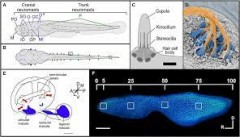
Sensory Hair Cell Death and Regeneration
Sensory hair cells are the specialized mechanosensory receptors found in vertebrate auditory, vestibular, and lateral line organs that transduce vibratory and acoustic stimuli into the sensations of hearing and balance. Hair cells can be damaged due to such factors as agin g, ototoxic chemicals, acoustic trauma, infection, or genetic factors. Loss of hese hair cells lead to deficits in hea…
- Edition
- -
- ISBN/ISSN
- -
- Collation
- -
- Series Title
- -
- Call Number
- 617 SMI s
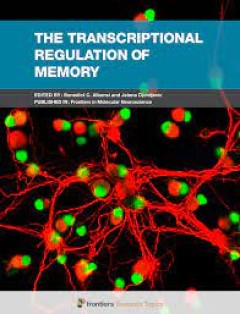
The Transcriptional Regulation of Memory
The formation of human memories involves a series of complicated biochemical processes many of which are not fully understood. However, recent data implicate several families of transcription factors that appear critically important in the regulation of memory. For example, CREB, NF-kB, AP-1, Egr, and C/EBP ...The formation of human memories involves a series of complicated biochemical processe…
- Edition
- -
- ISBN/ISSN
- -
- Collation
- -
- Series Title
- -
- Call Number
- 617 ALB t

Danger Signals Triggering Immune Response and Inflammation
The immune system detects "danger", through a series of what we now call damage associated molecular pattern molecules (DAMPs), working in concert with both positive and negative signals derived from other tissues. DAMPS also known as alarmins, are molecules released by stressed cells undergoing necrosis that act as endogenous danger signals to promote and exacerbate the immune and inflammatory…
- Edition
- -
- ISBN/ISSN
- -
- Collation
- -
- Series Title
- -
- Call Number
- 617 RAM d
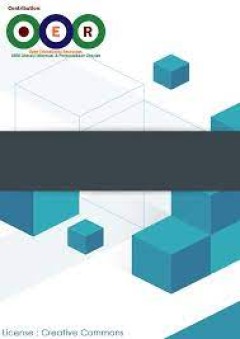
Finance, Banking, and Money
The financial crisis of 2007-8 has already revolutionized institutions, markets, and regulation. Wright's Money and Banking V 2.0 captures those revolutionary changes and packages them in a way that engages undergraduates enrolled in Money and Banking and Financial Institutions and Markets courses. Minimal mathematics, accessible language, and a student-oriented tone ease readers into comple…
- Edition
- -
- ISBN/ISSN
- -
- Collation
- -
- Series Title
- -
- Call Number
- 330 WRI f
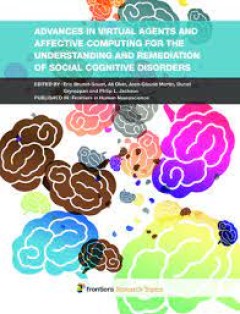
Advances in Virtual Agents and Affective Computing for the Understanding and …
Recent advances in computer technologies and research now enable to simulate realistic social interaction thanks to the use of increasingly complex computer models. Virtual agents reproducing both human appearance and expressive behaviors are now available for supporting affective interactions with users. Two deeply intertwined fields of knowledge already benefit from such innovations concernin…
- Edition
- -
- ISBN/ISSN
- -
- Collation
- -
- Series Title
- -
- Call Number
- 617 BRU a
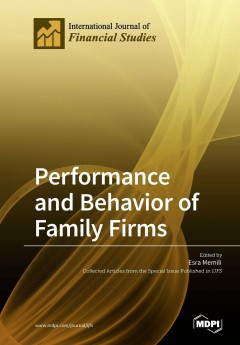
Performance and Behavior of Family Firms
Family involvement characterizes a large number of firms around the world and is thought to significantly impact their strategies, behavior, and performance. Family involvement occurs when a family exerts control over the firm through ownership and management. When family involvement leads to intentions to pursue particularistic goals and strategies, controlling families are more likely to exer…
- Edition
- -
- ISBN/ISSN
- 978-3-03842-782-7
- Collation
- -
- Series Title
- -
- Call Number
- 650 PER f

Understanding Test and Exam Results Statistically An Essential Guide for Tea…
This book shares the goal of the classic text How to Lie with Statistics, namely, preventing and correcting statistical misconceptions that are common among practitioners, though its focus is on the educational context. It illustrates and discusses the essentials of educational statistics that will help educational practitioners to do this part of their job properly, i.e., without making concep…
- Edition
- -
- ISBN/ISSN
- 978-981-10-1581-6
- Collation
- 1 b/w illustrations, 10 illustrations in colour
- Series Title
- -
- Call Number
- -
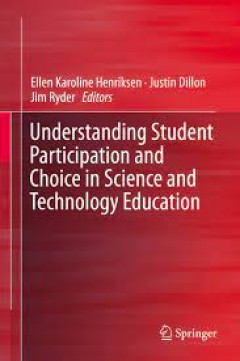
Understanding Student Participation and Choice in Science and Technology Educ…
Drawing on data generated by the EU’s Interests and Recruitment in Science (IRIS) project, this volume examines the issue of young people’s participation in science, technology, engineering and mathematics education. With an especial focus on female participation, the chapters offer analysis deploying varied theoretical frameworks, including sociology, social psychology and gender studies. …
- Edition
- -
- ISBN/ISSN
- 978-94-007-7793-4
- Collation
- 10 b/w illustrations, 20 illustrations in colour
- Series Title
- -
- Call Number
- -
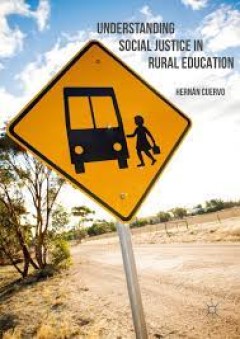
Understanding Social Justice in Rural Education
This book explores what social justice looks like for rural schools in Australia. The author challenges the consensus that sees the distribution of resources as the panacea for the myriad challenges faced by rural schools and argues that the solution to inequality and injustice in rural settings has to take into account other important dimensions of social justice such as recognition and associ…
- Edition
- -
- ISBN/ISSN
- 978-1-137-50515-6
- Collation
- VII, 215
- Series Title
- -
- Call Number
- -
 Computer Science, Information & General Works
Computer Science, Information & General Works  Philosophy & Psychology
Philosophy & Psychology  Religion
Religion  Social Sciences
Social Sciences  Language
Language  Pure Science
Pure Science  Applied Sciences
Applied Sciences  Art & Recreation
Art & Recreation  Literature
Literature  History & Geography
History & Geography